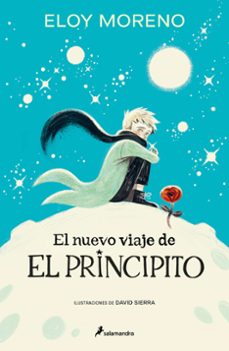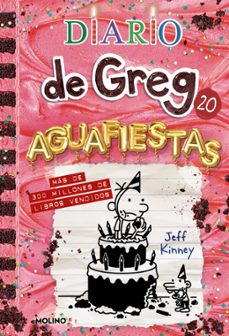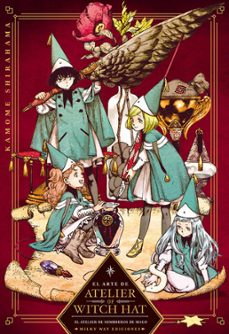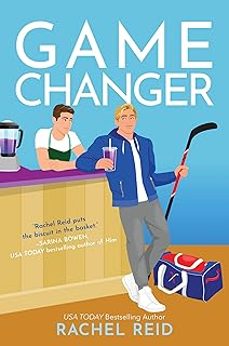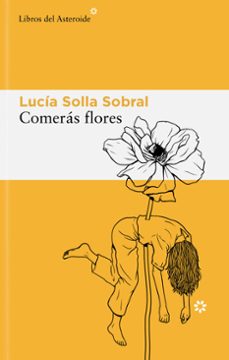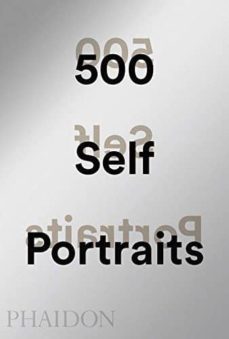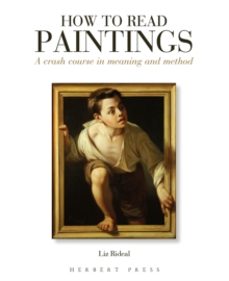Imprescindibles
Más vendidos Libros más leídos eBooks más leídos Todos los libros Todos los libros Autores destacados Series y sagas
Recomendados Libros recomendados Autores destacados Libros que inspiran Vidas con historia LGTBIQ+ English books
Ficción
Literatura Contemporánea Estudios literarios Clásicos Cuentos Poesía Teatro Libros de bolsillo Sagas literarias
Géneros literarios Novela romántica y erótica Novela negra Novela histórica Narrativa fantástica Novela de ciencia ficción Novela de terror Narrativa de humor Narrativa de viajes
No Ficción
Ciencias y tecnología Biología Ciencias Ciencias naturales Divulgación científica Informática Ingeniería Matemáticas Medicina Salud y dietas Formación Idiomas Estilo de vida Libros de Cocina Guías de viaje Narrativa de viajes Deportes Libros de Juegos Manualidades
Humanidades Autoayuda y espiritualidad Ciencias humanas Derecho Economía y Empresa Psicología y Pedagogía Filosofía Sociología Filología Biblioteconomía Estudios filológicos Estudios lingüísticos Estudios literarios Historia y crítica de la Literatura
Infantil
Juvenil
#Jóvenes lectores Narrativa juvenil Clásicos adaptados Libros Wattpad Libros Booktok Libros de influencers Libros de Youtubers Libros Spicy Juveniles Libros LGTBIQ+ Temas sociales Libros ciencia ficción Libros de acción y aventura Cómic y Manga Juvenil Cómic Juvenil Manga Shonen Manga Shojo Autores destacados Jennifer L. Armentrout Eloy Moreno Nerea Llanes Hannah Nicole Maehrer
Libros de fantasía Cozy Fantasy Dark academia Hadas y Fae Romantasy Royal Fantasy Urban Fantasy Vampiros y hombres lobo Otros Misterio y terror Cozy mistery Policiaca Spooky Terror Thriller y suspense Otros
Libros románticos y de amor Dark Romance Clean Romance Cowboy Romance Mafia y amor Romance dramatico Romance dramatico Romcom Sport Romance Otros Clichés Enemies to Lovers Friends to Lovers Hermanastros Slow Burn Fake Dating Triángulo amoroso
Cómic y Manga
Novela gráfica Novela gráfica americana Novela gráfica europea Novela gráfica de otros países Personajes, series y sagas Series y sagas Star Wars Superhéroes Cómics DC Cómics Marvel Cómics otros superhéroes Cómics Valiant
eBooks
Literatura Contemporánea Narrativa fantástica Novela de ciencia ficción Novela de terror Novela histórica Novela negra Novela romántica y erótica Juvenil Más de 13 años Más de 15 años Infantil eBooks infantiles
Humanidades Autoayuda y espiritualidad Ciencias humanas Economía y Empresa Psicología y Pedagogía Filosofía Historia Historia de España Historia Universal Arte Cine Música Historia del arte
Ciencia y tecnología Ciencias naturales Divulgación científica Medicina Salud y dietas Filología Estudios lingüísticos Estudios literarios Historia y crítica de la Literatura Estilo de vida Cocina Guías de viaje Ocio y deportes
Liz Rideal
Recibe novedades de LIZ RIDEAL directamente en tu email
Filtros
Del 1 al 3 de 3
Tursen S.A. - H. Blume 9788496669895
Una accesible e informativa guía sobre el arte pictórico desde el siglo XV al XXI que le
permitirá desarrollar las habilidades y conocimientos necesarios para disfrutar de los
diferentes estilos pict
Ver más
Tapa blanda
PHAIDON PRESS LIMITED 9780714875958
A compelling collection of self-portraits from throughout recorded history, revised to include captivating contemporary worksThe challenge of interpreting and recreating their own likenesses has proven irresistible to artists throughout the ages. Originally published more than 80 years ago and last revised in 2000, this wholly new edition for 2018 presents a selection of powerfully evocative works by many of the world''s greatest artists - from Durer and Rembrandt to Marina Abramovi, David Hockney, and Cindy Sherman - working in painting, photography, sculpture, and performance. Flowing in a chronological sequence, with interspersed artist quotes, it features essays by Julian Bell and Liz Rideal. This is both a useful resource and a thoughtful celebration of a much-loved art form.
Ver más
Otros
HERBERT PRESS LIMITED 9781912217830
A concise introduction to paintings in the Western European tradition through the stories of 50 powerful artworks by artists from Van Gogh to da Vinci How to Read Paintings is a valuable visual guide to Western European painting Through a gallery of artworks accompanied by informative commentary it enables you to swiftly develop your understanding of the grammar and vocabulary of painting and to discover how to look at diverse paintings in detail closely reading their meanings and methods In the first part of the book the author shows you how to read paintings by considering five key areas shape and support medium and materials composition style and technique and signs and symbols as well as the role of the artist In the second part you can explore fifty paintings through extracted details accompanied by insightful commentary training you to understand context and meaning within art As a collection the pictures featured in How to Read Paintings have a strong relationship with one another and underpin the story of painting This book is a valuable tool whether you are viewing the real artwork on a gallery wall or simply reading around the subject to learn more about Western art
Ver más
Tapa blanda
Del 1 al 3 de 3











